As a prospective PhD student you may have little idea what climate scientists do for a career. At UNRISK, we are developing a range of case studies to help you understand the diverse career opportunities that will be open to you.
Case studies
Will Gregory
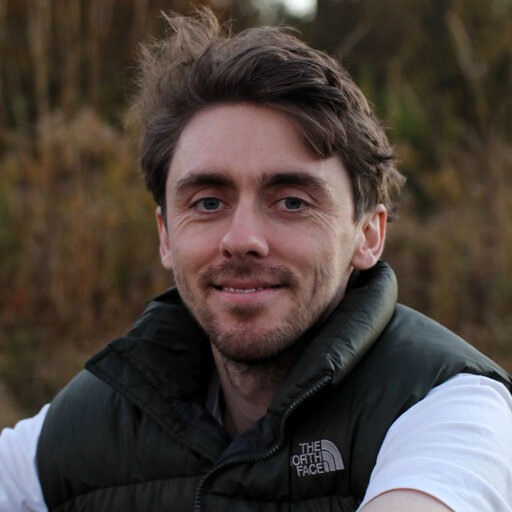
I’m a polar climate scientist working at the intersection of remote sensing, climate modelling and Machine Learning (ML). During his PhD at UCL, I explored how ML techniques can improve the way we measure, understand, and predict Arctic sea ice. For example, my published work from this time includes one of the first studies to apply ML algorithms to Arctic sea ice forecasts, and also for optimally filling data gaps in sea ice altimetry measurements. Since completing my PhD, I have been based at Princeton University and the NOAA Geophysical Fluid Dynamics Laboratory (GFDL) as a postdoctoral research associate. In this role, I am working at the forefront of hybrid climate modelling. Specifically, I use ML and large-scale remote sensing data to improve the representation of sea ice within the GFDL climate model. Climate models are currently our best available tool for predicting and understanding future climate change. However, their imperfections give rise to large uncertainties. Hybrid climate modeling is a burgeoning area of research that is showing considerable promise at reducing climate model physics errors and therefore uncertainties. I am particularly excited by the ongoing developments in sea ice altimetry, and how new measurements of sea ice properties might help us improve large-scale sea ice models.
Erica Thompson
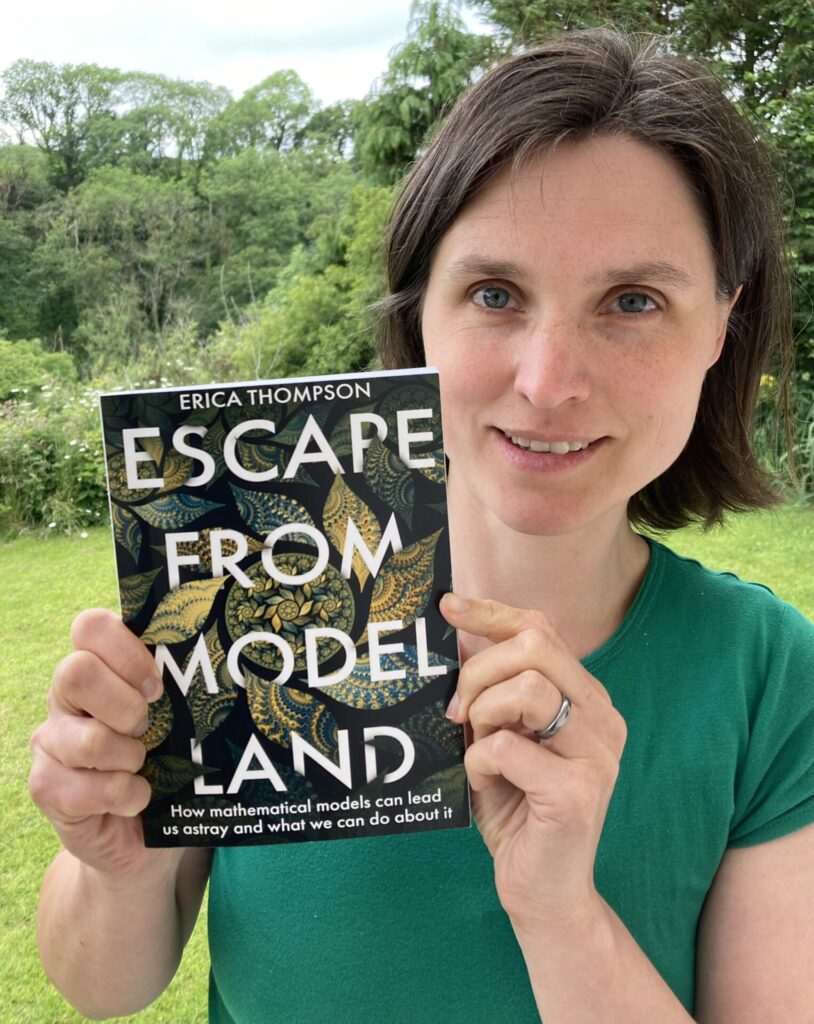
I’m an Associate Professor of Modelling for Decision Making at the UCL Department of Science, Technology, Engineering and Public Policy, where I work on a programme of research about the use of models to inform decisions, funded by a UKRI Future Leaders Fellowship. During my PhD at the Grantham Institute for Climate Change at Imperial College, where I was jointly registered between the Physics Department and the Business School, I looked at the use of statistical and dynamical models to investigate the effect of climate change on North Atlantic storms. I then spent time at the LSE as a postdoc, working on a range of mathematical projects with external partners in weather, climate, energy, insurance, finance, and disaster risk management. I have particularly enjoyed collaborating with humanitarian organisations on anticipation and financing of weather-related disaster risks such as heatwave and tropical cyclone. I also wrote a “popular science” book, Escape From Model Land, about the challenges of using models to inform decisions and the need for both mathematical and social insights to inform the way we make and use models. My research has a strong theme on ethics, social values, and responsible modelling, and the ways that these can be reflected in modelling practice.
Ekbal Hussain
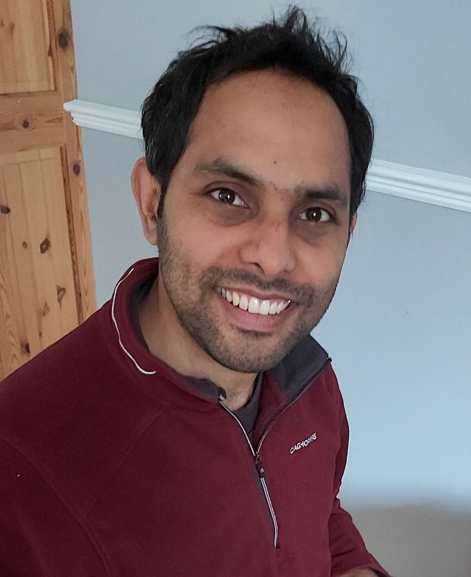
I work as a Multi-hazards and Remote Sensing Geoscientist at the British Geological Survey (BGS). I completed my PhD at the University of Leeds School of Earth and Environment in 2016, and after a short postdoc also at Leeds I moved to the BGS where he have been since 2018. I am also a scientist for the Centre for the Observation and Modelling of Earthquakes, Volcanoes and Tectonics (COMET), and have worked with partners in Türkiye, Ethiopia, Vietnam and Indonesia. My research focuses on the use of satellite imagery to understand earth processes, particularly those related to natural hazards such as earthquakes, landslides and subsidence. After my geophysics PhD I wanted to work on scientific challenges that had a clear pathway to improving society or the resilience of communities. My work now often encompasses fundamental earthquake geophysics and understanding and managing hazard impacts, particularly in low-middle income countries. In recent years I have become very interested in multi-hazards and the social and physical ingredients that turn natural hazards into disasters. I firmly believe that managing disaster risk requires not only understanding the hazard conditions people are exposed to, but also the social and built environments in which they live.
Anja Schmidt
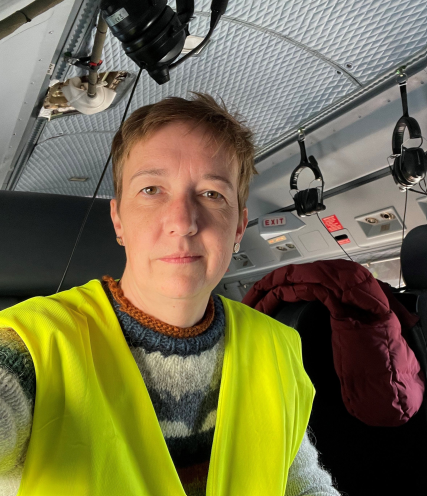
I am a Professor of Climate Modelling at LMU Munich and Head of the Earth System Modelling Department at the German Aerospace Centre (DLR). My work focuses on developing and improving climate models to better understand how volcanic eruptions and human activities influence the Earth System. After completing my PhD in 2011 at the University of Leeds—where I was one of the first students to bridge volcanology and atmospheric science across departments—I held a tenure-track position at Leeds and later became an Interdisciplinary Lecturer at the University of Cambridge. As a PhD student, I collaborated with volcanologists, atmospheric scientists, and epidemiologists, with my research spanning the impacts of volcanic eruptions on air quality, aircraft hazards, and both modern and ancient climates. In 2022, I moved back to Germany to take up my current positions at LMU and DLR.
While my day-to-day work mostly involves office-based research, I have built my career at the intersection of volcanology, atmospheric science, and geohazards, and I remain eager to participate in fieldwork or bridge connections across disciplines. Shortly after finishing my PhD, I began advising the UK Government on volcanic hazards and risks as a member of the UK Government Scientific Advisory Group for Emergencies (SAGE). This work has had a direct impact on shaping government policies. I have also contributed to key international assessments of climate change and ozone. My time at Leeds was profoundly formative, providing an inspiring academic environment that fostered collaboration, built valuable skills, and opened doors to early career opportunities. The networks and skills I developed there continue to influence my work today.
Ollie Halliday
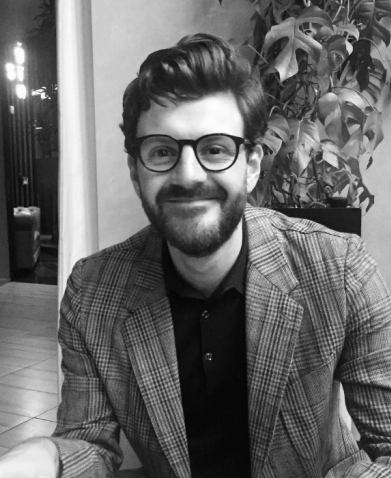
I am the Weather and Catastrophe Risk Modelling Manager at Lloyds Banking Group General Insurance, where I lead a team of experts in meteorology, hydrology, extreme weather, and climate change. My day-to-day responsibilities involve assessing climate and physical risk models, conducting research, and translating scientific findings into actionable insights for business applications. My team is the “go-to” for all things weather and climate, often finding fast-paced, innovative solutions to key challenges for the business, such as determining the theoretical worst-case European windstorm and assessing how flood risk increases under climate change.
I hold a PhD in Climate and Atmospheric Science from the University of Leeds, obtained in 2018, and have since worked in various research-based roles. My most valuable skills to the business are my physical science understanding and my ability to communicate complex ideas effectively. I am passionate about bridging the gap between science and industry, and I collaborate extensively with academic institutions. Additionally, I serve as a visiting scientist at the University of Leeds, ensuring that our work remains at the cutting edge of understanding and mitigating the impacts of climate change and extreme weather events.
Jennifer Dentith
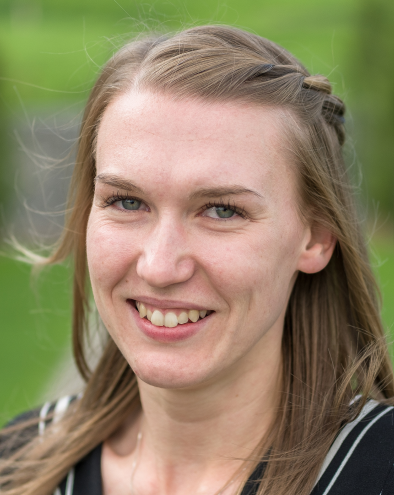
I am a Senior Climate Scientist at JBA Risk Management. Known as The Flood People®, our flood maps, catastrophe models, and analytics are used by some of the world’s largest insurers, reinsurers, financial institutions, property companies, and governments to help them to understand and manage flood risk and how this might change in the future.
I completed my PhD in climate model development at the University of Leeds in 2019. Following this, I joined JBA’s quality control team where I specialised in testing the company’s catastrophe models. In my current role, I work alongside hydrologists, statisticians, and meteorologists to develop innovative approaches for incorporating the latest climate science into our data, factoring in both the uncertainties in climate projections and the intended applications. I use the data analysis and communication skills that I developed during my PhD day-to-day, whether investigating the suitability of new data sets and methods, providing training to clients and colleagues, or attending conferences and workshops to ensure a two-way dialogue between industry and academia.
Sara Alexander
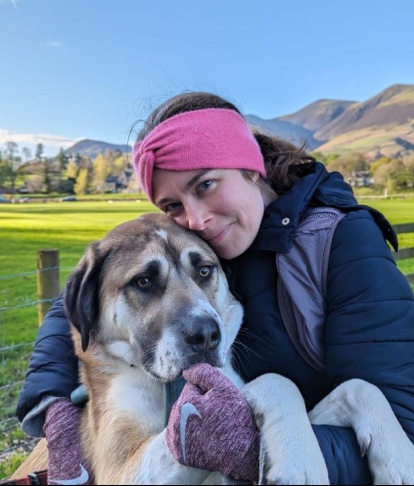
I work in the Environment Agency’s (EA) Flood Hydrology Improvements Programme. I began my hydrology journey nearly 20 years ago during my PhD at the University of Leeds, where I explored the impacts of the North Atlantic Oscillation atmospheric circulation pattern on rivers across Europe and North America. This research sparked my passion for understanding the intricate relationship between atmospheric patterns and water, particularly the extremes.
For the next 13 years, I worked as an operational flood risk hydrologist at the Scottish Environment Protection Agency (SEPA). My work spanned diverse areas, including flood estimation, flood studies, river restoration projects, national pluvial mapping updates, and contributing to local development plans and place-making partnerships. I also spent six years as a flood warning duty officer, gaining invaluable experience in real-time flood response.
In 2022, I joined the Environment Agency’s (EA) Flood Hydrology Improvements Programme. This exciting and ambitious initiative aligns closely with my passion for hydrometric data, hydrological methods, and flood risk management. My role focuses on supporting the wider hydrological community by ensuring hydrometric data meets current and future needs. Since joining the EA, I have contributed to significant projects, including open access data initiatives, assessing user needs around hydrometric data uncertainty, identifying data gaps and metrics, and extending flow records through historic data rescue efforts.
Working in hydrology is immensely rewarding, as it offers the opportunity to help those that are affected by flooding. This work continues to inspire me to contribute to solutions that build resilience and improve our understanding of flood risks in a changing world.




